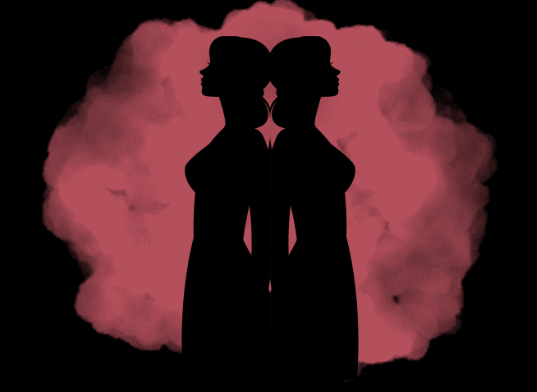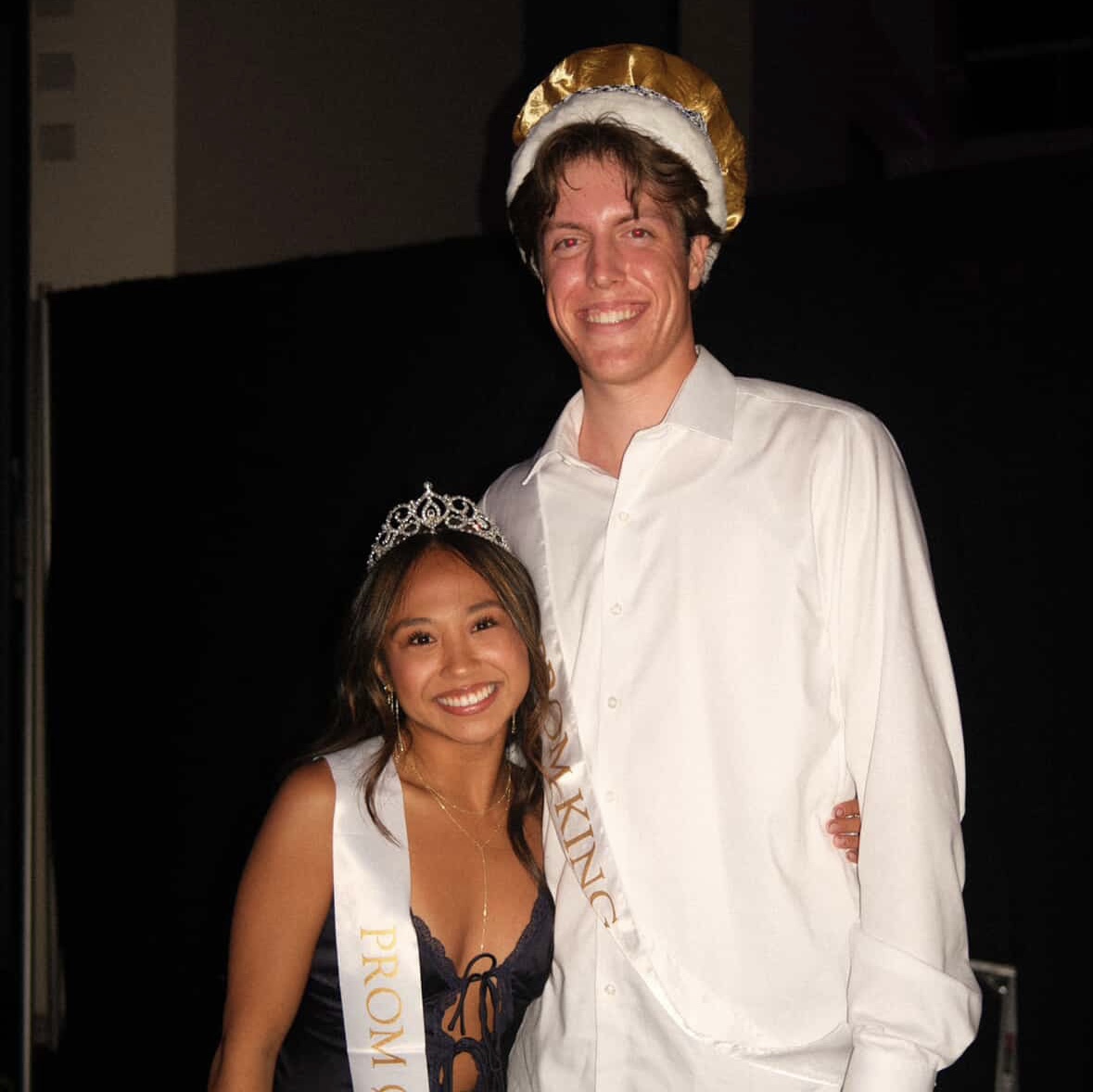LOS ALAMITOS, CA — Purple paint covers my childhood bedroom, all black outfits invade my childhood closet with no pink in sight. I became a girl who despised the color pink.
It always felt “too girly” and if I’m “too girly,” then that is all I am. I used to like pink, but only when my mother dressed me in pink and white dresses and the only opinions I cared about were the imaginary friends in my head.
When I started to hate pink, it wasn’t because I wanted to be different. It was because, for a time in my life, I thought pink represented weakness.
“Growing up with the idealism that pink is specifically for girls changed my perspective and I forced myself to like greens or blues. Women still display their love for pink and that doesn’t bother me. It’s the idea that women MUST wear pink that causes my concern,” said Brynn Cowan, a freshman at Los Al.
Society has shaped our minds to think that pink is the front page of femininity, which generally is not a bad thing, but then why do so many women have a dismissive relationship with pink? It’s because many women believe that in order to be seen in a patriarchal society, they have to deny feminine appearances in order to not be seen as inadequate.
“Gender-specific colors negatively impact society because they can reinforce gender stereotypes and limit our behavior in a more gender-stereotypical way,” said Ms. Kibtya, an AP Psychology teacher at Los Alamitos High School.
History of Pink
Did you know that in the early 20th century, pink was represented as a masculine or gender-neutral color? Sex-specific colors weren’t even recognized until the early 20th century, when the norm was still to dress in gender-neutral colors–like white–up until the age of 6.
Unsurprisingly, department stores ended up being a major factor in determining sex-specific colors. In June 1918, the trade publication Earnshaw’s Infants’ Department stated that pink was for boys and blue was for girls. The reasoning behind their statement was that pink was a strong color with its similarities to red, while blue was a more delicate color that was prettier for girls.
It wasn’t until the 1940s that pink became a feminine color. Marketers and manufacturers started selling the same products in pink and blue, determining that one was for girls and the other for boys. Newborns and baby showers started to signal gender with pink balloons and blue baby clothes.
Daily items like razors, soaps, deodorant, personal care items, and even children’s toys, cost more than similar products advertised to men–often based on color–which is known as “The Pink Tax.” Products essential for women are taxed as opulence items that cost more than similar men’s products, which can have a detrimental financial impact.
Many girls grow up seeing the unfair treatment that is associated with the color pink and thus start their negative relationship with the color.
Once children start to pay attention to the desolate effects of pink, it is possible that they could make black-and-white stereotypes of what strong women are supposed to look like. A child could think that strong women are not feminine and more masculine, which they could be, but creating strict stereotypes in their mind is harmful and can cause prejudice.
“I have always thought of pink as a negative color, especially when I was younger. I thought of pink [as] a social conformity. [The color] meant to be light and airy but there are also versions where it is bright, which goes to show that there are different sides to everything,” Cowan said.
The truth is that women can be strong and feminine, along with passionate and compassionate, and women should be able to be viewed the same whether they like pink or not. Colors do not determine you.
















Sydney Forsyte • May 21, 2024 at 12:17 pm
This is so interesting, Kalea! I never knew about pink originally being a men’s color.
Reese Neiger • May 21, 2024 at 11:50 am
This is one of your best-written articles! I love how you added part of the psychology on the subject and your personal experience!
Katie Arnoult • May 17, 2024 at 1:24 pm
Kalea, this is your best article yet! I love all of your research (I had never heard of the Pink Tax!) and how you expressed your opinion with it. Amazing work!!